Articles
Health Care Logistics
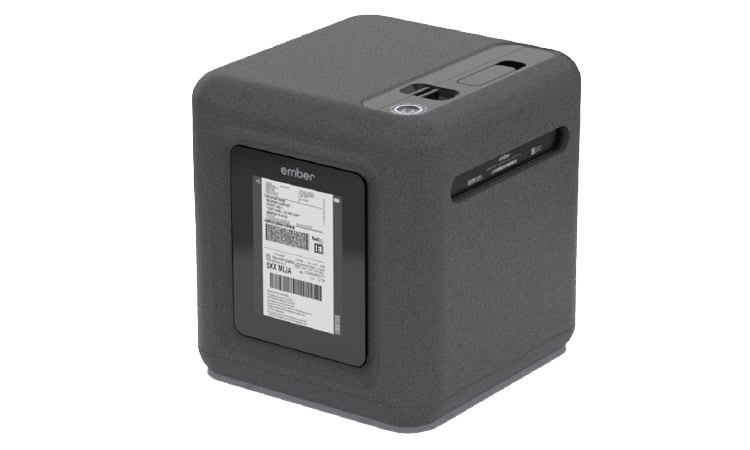
Top Healthcare Logistics Trends and Other Supply Chain News
New cold chain technology for blood-sample shipping; six health care supply chain trends to watch; and other updates in healthcare logistics.
Read More
Why ‘Made in America’ Meds Won’t Cure Chronic Drug Shortages
Supply chain resiliency can rescue the United States from the never-ending drug shortage crisis.
Read More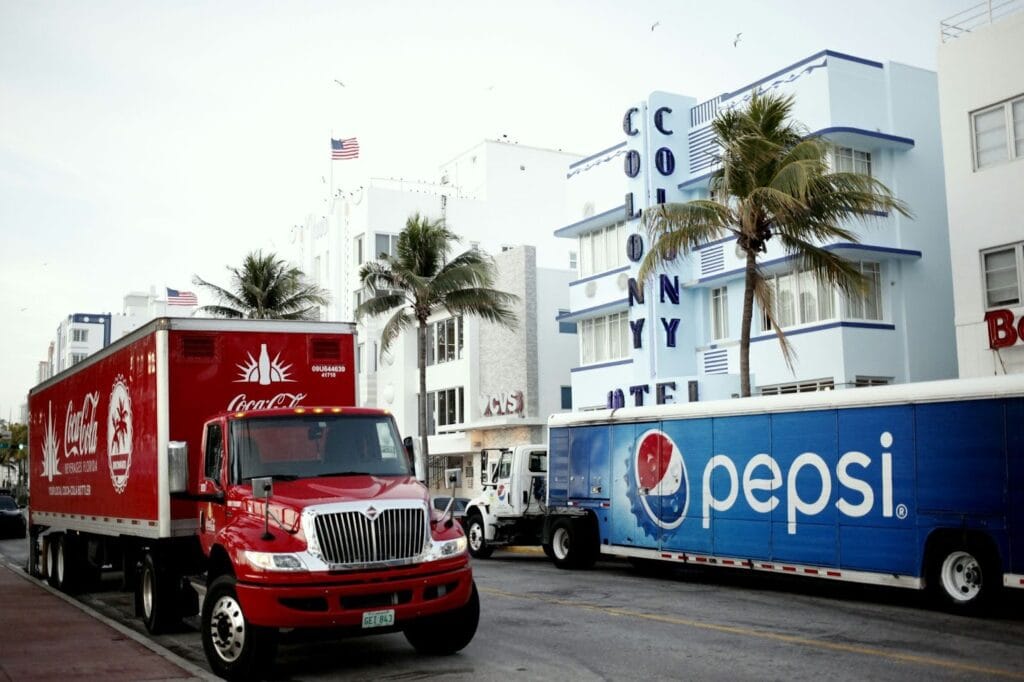
Refrigerated Trucks: History, Benefits and Types
Refrigerated trucks, also called reefers, crucial for transporting perishable items under controlled temperatures, are the backbone of delivering fresh food and vital medications. Remarkably, these reefers transport 70% of the food we consume, with around 500,000 units actively maintaining the cold chain across the United States. In this blog, we will discuss the history, benefits, […]
Read More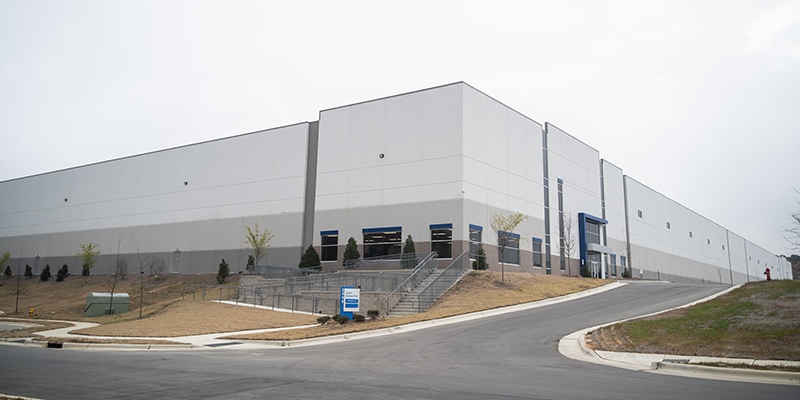
Providing Pharmaceutical Manufacturing Support in the Southeast
MD Logistics brought its expertise as a third-party logistics provider within the life sciences and pharmaceuticals industry to the southeastern United States.
Read More
Transportation When Life is on the Line
Have you ever been in a hospital waiting room and wondered where all the equipment and supplies come from and how they got there? Making sure that everything is in its place requires precise supply chain planning, especially when lives are on the line.
Read More
A Healthier Pharma Supply Chain
To improve their bottom line, many healthcare providers are applying supply chain know-how to healthcare decisions. One example: Cardinal Health collaborated with Palantir Technologies to design a solution that provides health systems and hospitals with dynamic purchase decision insights. The solution uses artificial intelligence and machine learning to analyze real-time clinical and purchasing data, then […]
Read More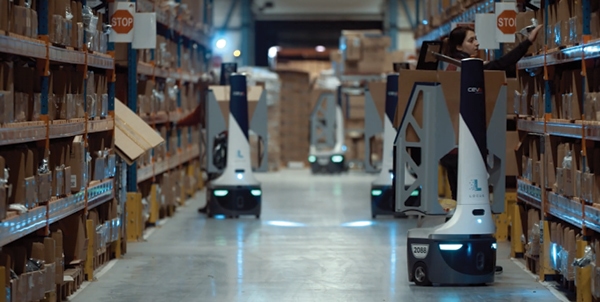
Improving Healthcare Fulfillment with Traceability and Inventory Accuracy
Pharmaceutical and healthcare distributors can now pick, pack, and ship products accurately, efficiently, and in a timely manner with Locus Robotics’ solutions. How does Locus Robotics help the pharmaceutical and healthcare industry with traceability and serialization? As pharmaceutical and healthcare customers are picking or even putting away different medicines and medical supplies, they’re able to […]
Read More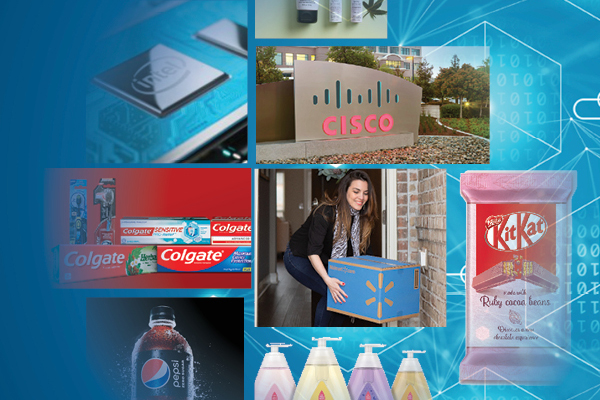
10 Best Supply Chain Companies of 2021
Gartner’s annual global Supply Chain Top 25 identifies today’s supply chain leaders and highlights their best practices.
Read More
Is the Healthcare Supply Chain Ready for the Netflix Effect?
Have you ever marveled at how Netflix seems to know what you want to watch, when you want to watch it, and sets expectations with a high percentage of likelihood that you’ll enjoy their recommendation? What if we could apply that same degree of accuracy to the healthcare supply chain? Armed with the right information, we could know who needs which supplies and when, down to the patient level. The result would be a more resilient supply chain and better patient outcomes.
Read More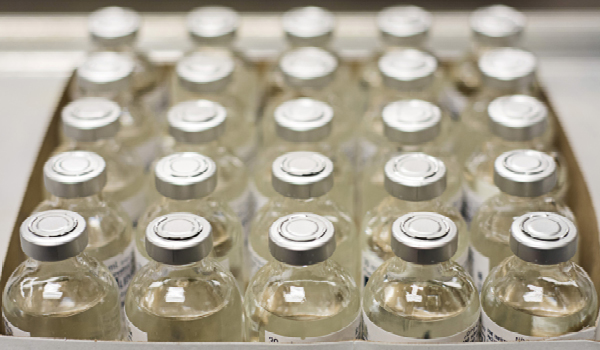
Tive Helps Optimize Courier Deliver OTIF Pharma Products by Eliminating Temperature Excursions
Without real-time visibility into your pharma shipment’s location and temperature, you are risking costly failures in your supply chain.
Read More